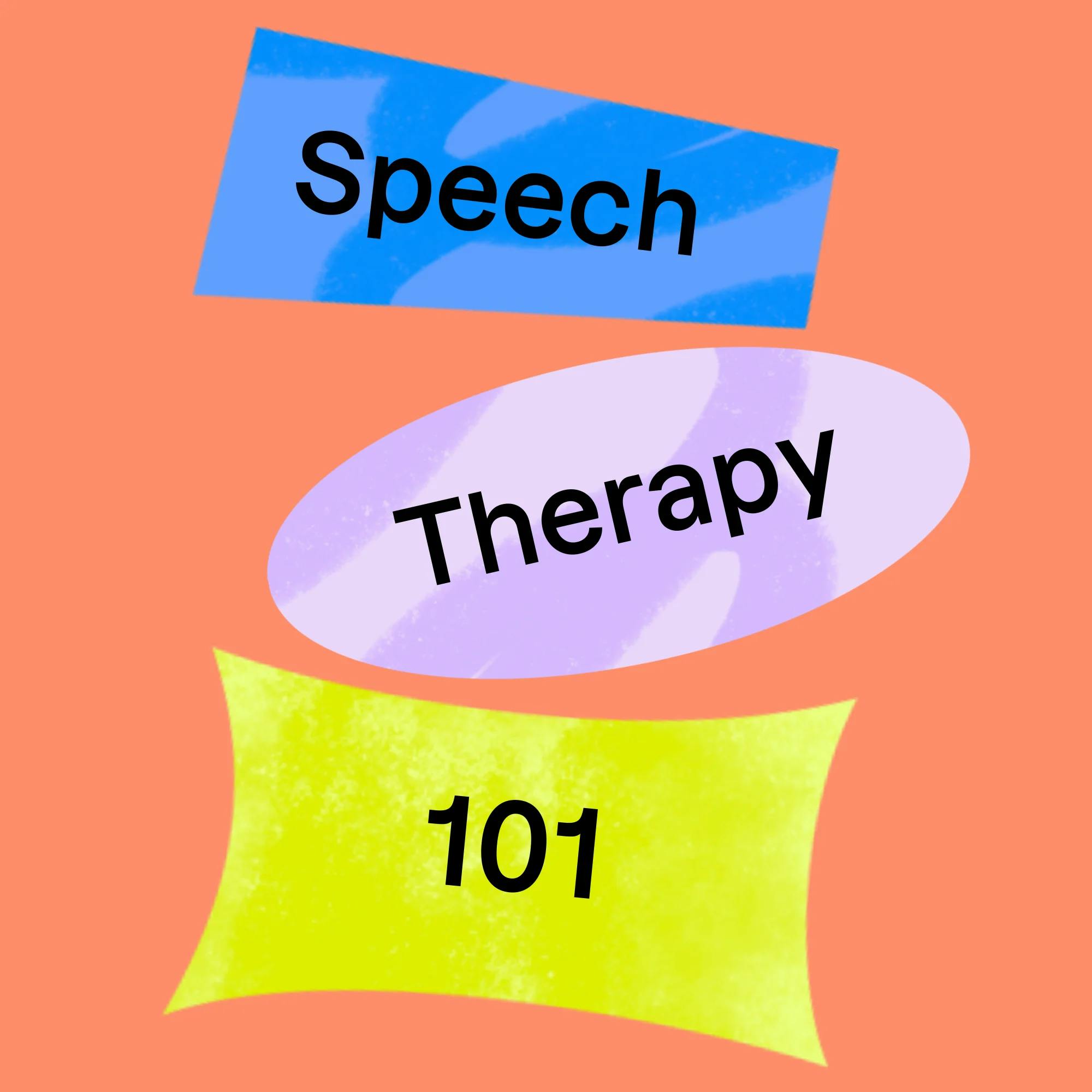Speech Therapy for Children: When It’s Needed and What to Expect
Every child deserves the gift of communication–the ability to express their wants and needs, connect with other people, and share their thoughts and ideas with the world. Your child deserves to be heard, and speech therapists are here to help make that happen.
So today we’ll discuss how speech therapy works: when it might be needed, at what age children can start, what the sessions look like, and how long therapy can take.
Many parents and caregivers ask this common question: “How do I know if my child needs speech therapy?” There are a few ways I could answer this. But first, let me start by taking some of the pressure off. You, as a parent, never have to decide if your child needs speech therapy. A speech therapist can determine if therapy is warranted. So as a caregiver, that’s at least one decision you don’t have to make!
One thing you can do, however, is watch for signs that your child should receive a speech and language evaluation. Let’s discuss what to look for.
If your child is not meeting speech milestones for their age, that’s a big sign that you should contact a speech therapist. To learn more about these milestones, talk with your child’s pediatrician. You can also view the milestones on the website of the American Speech-Language-Hearing Association.
Children should begin saying their first words when they’re about 1 year old. From there, they should continue in their ability to put words together and eventually speak in sentences. If your child is having a hard time with any of these skills and they’re close to, or past, the expected age timeframe, be sure to reach out to a speech therapist.
If your child is talking, but they have a hard time with their speech sounds and people don’t always understand them, this is another sign that speech therapy may be needed. By the time children are 3 years old, they should be easily understood by other people about 80% of the time. If not, the sooner they begin speech therapy, the more quickly they can make progress!
You might also contact a speech therapist simply because you have questions, or you sense that your child is struggling to communicate. I always encourage parents and caregivers to listen to their gut in these situations. You know your child best! Speech therapists are there to answer your questions and make recommendations. And again, if your child does need speech therapy, the earlier it can start, the better.
You may be wondering when children can start receiving speech therapy. There is no minimum age! Speech and language skills begin developing in infancy. If a child is evaluated and therapy is recommended, services can begin right then. This is why it’s so important to reach out to a professional if you have concerns. Many clinical studies have shown the benefits of beginning speech and language interventions at an early age.
Speech therapy sessions typically take place at least once a week. The frequency depends on the diagnosis, treatment plan, and goals for each child.
Sessions are usually play-based. The therapist will use fun activities that are engaging for kids, and they’ll incorporate your child’s therapy goals into those activities. For younger kids, toys and books may be used. For older children, interactive games or crafts often work well.
The speech therapist will find activities that are appealing and motivating for your child, and they’ll make sure to balance speech practice with play. Many times, children don’t even realize all the hard work they’re doing in speech–they’re too busy having fun!
Another question families often ask is, “How long does speech therapy take?” I wish I had one answer, but the length of therapy is different for each unique person.
However, there are a few things that help determine how long therapy takes. One is the child’s age. The sooner a child begins speech therapy, the sooner they begin making progress. This also decreases the risk that they will fall further behind.
Your child’s diagnosis also affects the length of therapy. Sometimes children with a developmental delay catch up quickly with the right support and intervention. With more involved diagnoses that involve neurological complications or congenital disorders, therapy may take longer.
As your child’s caregiver, you actually have a role to play here. The more you help your child practice, the more quickly they’ll progress! While speech therapy sessions are an essential part of your child’s improvement, so is the practice that happens at home, between sessions. Continuing to work on your child’s goals throughout the week helps reinforce what was learned in therapy, and it sets your kiddo up for more success at their next session.
Best of all, you don’t need any special training, materials, or expertise. When it comes to speech and language, the world is your classroom. You can easily help your child practice during everyday activities and the time you already spend together.
As a parent or caregiver, you’re doing the right thing in learning how to support your child’s communication needs. No matter where you are in the speech therapy journey, your speech therapist is there to walk alongside you and your child. Trust your instincts, and know that you are never alone in this process!







